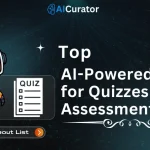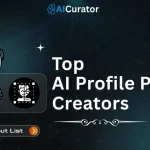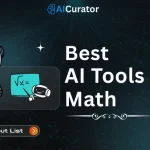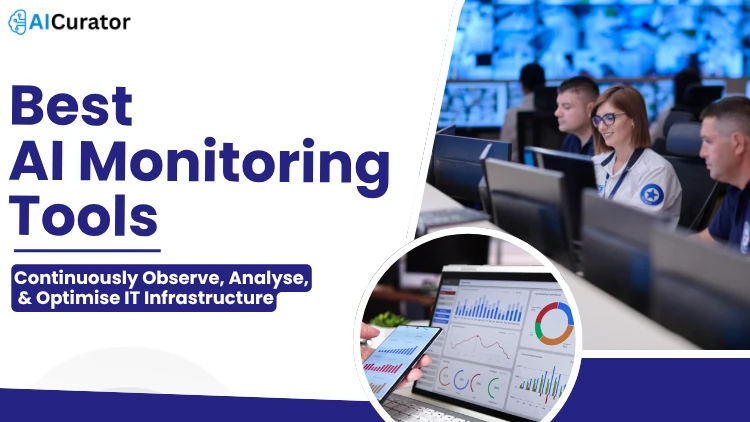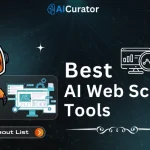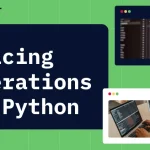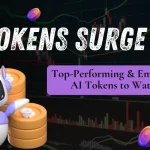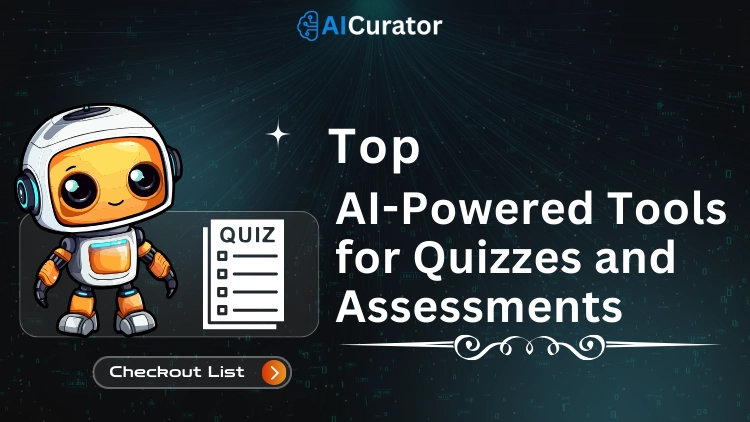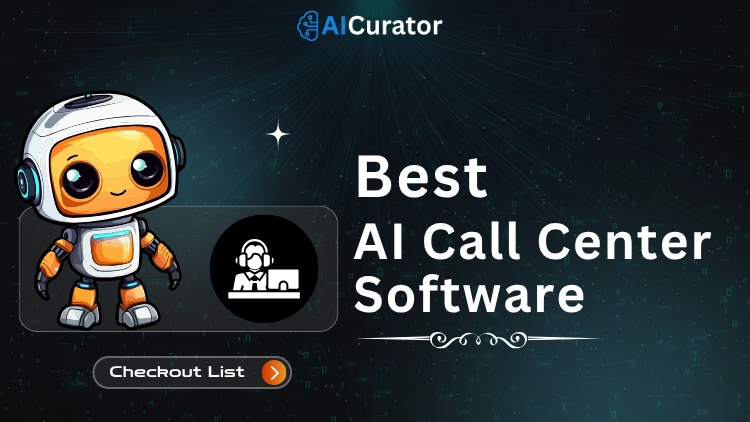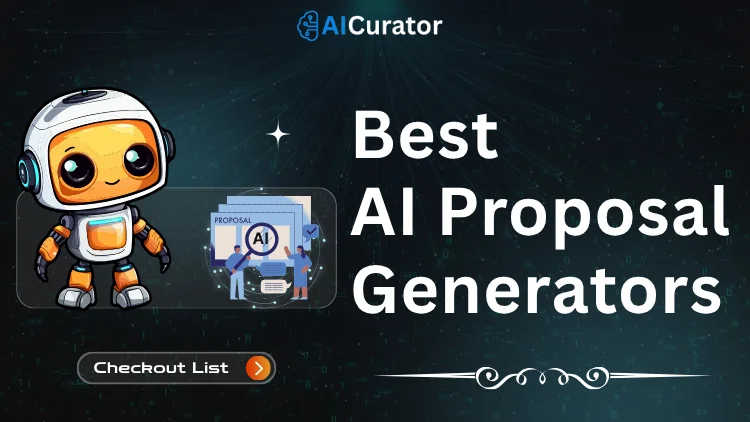Modern IT systems generate thousands of alerts weekly, yet studies show only 23% require actual intervention. This overwhelming noise leads to severe alert fatigue, where critical issues are often missed.
For businesses relying on large language models (LLMs), this data deluge makes optimising performance nearly impossible with traditional tools. This is where AI monitoring and LLM tracking tools step in. These platforms are the solution, using machine learning to cut through the noise, detect genuine anomalies, and predict potential failures.
By providing actionable insights from complex telemetry data, they transform system management from a reactive chore into a proactive strategy, ensuring reliability and peak performance.
What are AI Monitoring Tools?
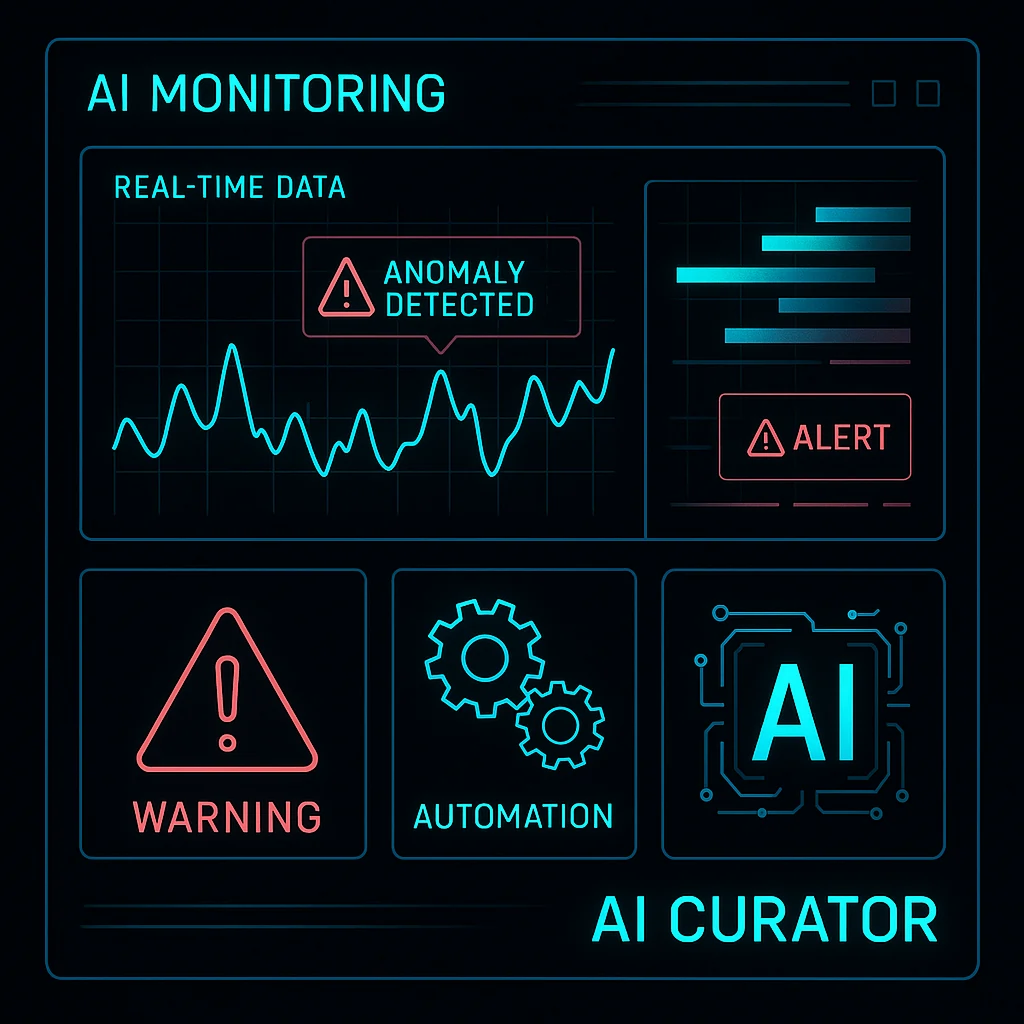
AI monitoring tools are intelligent platforms that uses machine learning algorithms and artificial intelligence to continuously observe, analyse, and optimise IT infrastructure, applications, and AI systems. Unlike traditional monitoring solutions that rely on static thresholds and manual configuration, these tools automatically learn normal system behaviour patterns and detect deviations in real-time.
These platforms excel at processing massive volumes of telemetry data—including logs, metrics, traces, and events—to provide actionable insights without human intervention. They're particularly crucial for organisations running complex microservices architectures, cloud-native applications, and AI/ML workloads where traditional monitoring approaches fall short.
Top AI Monitoring Tools Fueling Hyper-Growth in 2025
| Best AI Monitoring Tools 🛠️ | Best For 🤔 | Why Choose ✨ |
|---|---|---|
| Coralogix AI | Security Focus | Comprehensive Insights |
| New Relic | Enterprise Scale | Business Link |
| Datadog | Real-Time | Unified View |
| Dynatrace | Automation | Easy Setup |
| Datatron | Risk Management | Governance |
| SE Ranking | SEO Monitoring | SEO Edge |
1. Coralogix AI Observability
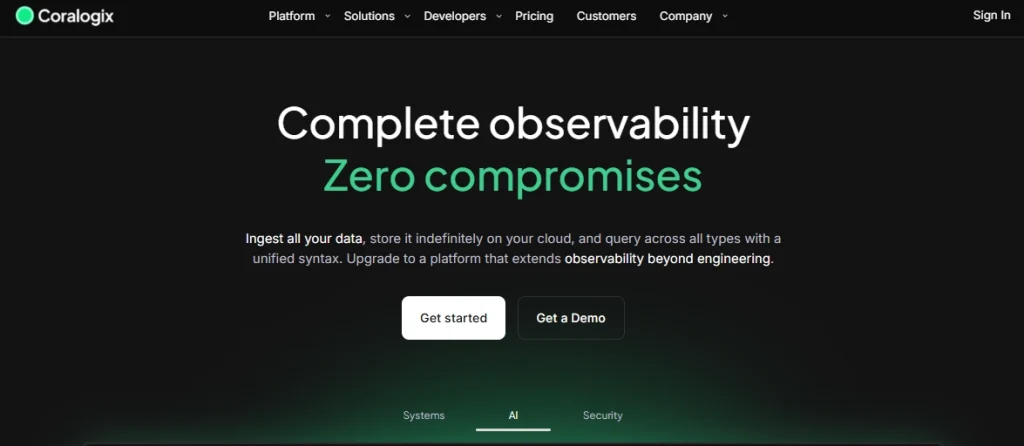
Coralogix AI has made a name for itself by providing deep insights into all types of data through its smooth integration with OpenTelemetry. It moves beyond simple monitoring, offering dashboards that are built for the demands of modern AI.
Key Features:
Coralogix provides a complete solution for both performance and security in one place, helping you grow your AI systems with confidence.
2. New Relic
New Relic's Intelligent Observability Platform is a powerhouse, using a mix of different AI models to predict system problems, automatically figure out what went wrong, and connect the dots between technical performance and business results. It's designed for big companies that are scaling up their use of generative AI and aims to make observability accessible to everyone.
Key Features:
While it's brilliant at automating tricky monitoring jobs, you might need to do some setup work if your existing tools don't already fit into its ecosystem.
3. Datadog
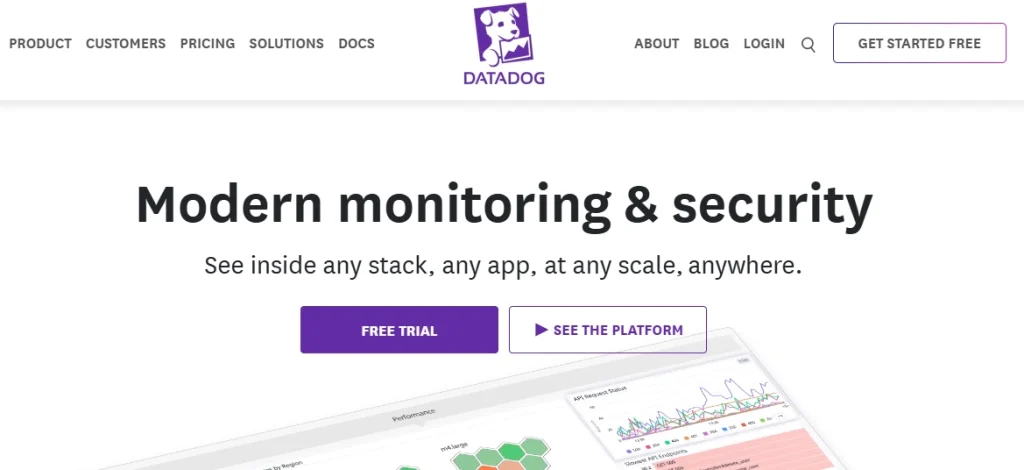
Datadog takes a unified view of AI observability by bringing together metrics, logs, and traces onto a single cloud platform. It uses machine learning, mainly through its Watchdog feature, to constantly analyse data, spot problems before they happen, and automate root cause analysis. This helps to cut down on downtime and make systems more reliable.
Key Features:
Datadog is very scalable and has tons of integrations, but it might be a bit complex for smaller companies with fewer resources. Also, it's worth noting that it doesn't support open standards like OpenTelemetry, which can lead to vendor lock-in.
4. Dynatrace
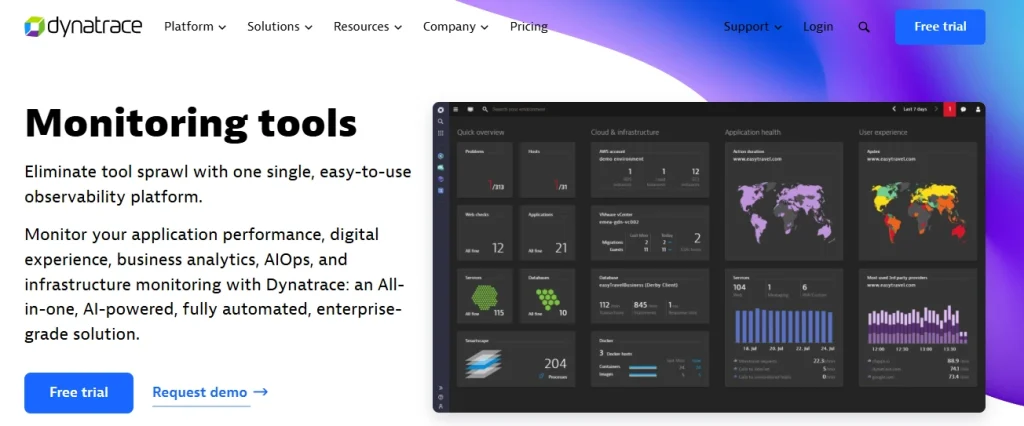
Dynatrace is a top choice for AI-powered automation. Its custom tool, OneAgent, provides a set of services specially configured for your monitoring needs. OneAgent also makes setting up Dynatrace a breeze because you don't have to manually configure alerts or dashboards. The platform supports various ways to monitor applications, microservices, and cloud-native setups.
Key Features:
5. Datatron MLOps Platform
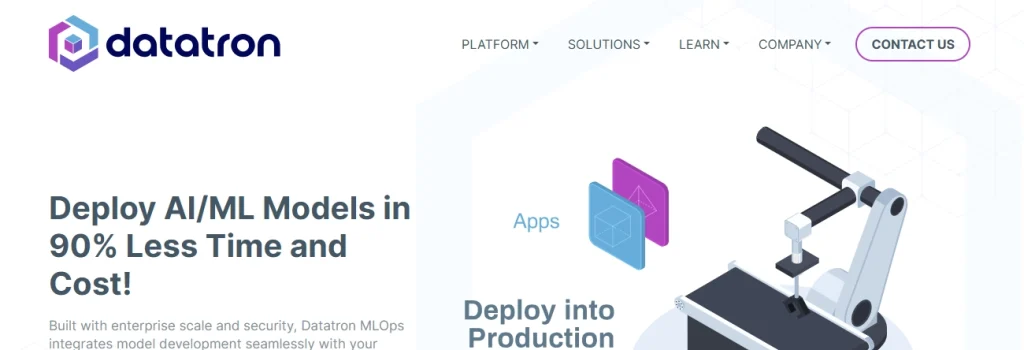
For businesses focused on managing risk and staying compliant, the Datatron MLOps Platform is a strong contender. It's an AI model monitoring and governance platform that helps organisations manage their machine learning operations. The platform has powerful monitoring and tracking features to make sure models are working as they should and meeting compliance rules.
Key Features:
Datatron is an excellent pick if you need a tool that's strong on governance and helps you keep your MLOps in check.
6. SE Ranking
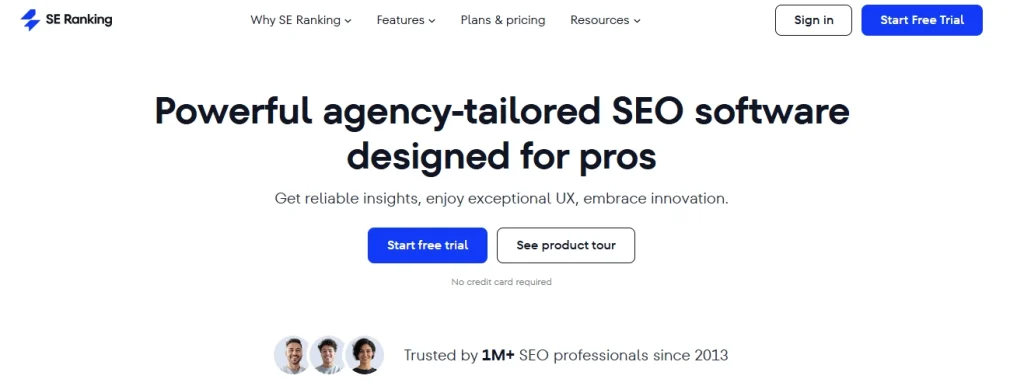
While the other tools focus on system and application performance, SE Ranking brings AI monitoring to the world of Search Engine Optimization (SEO). It's a leading SEO platform that helps businesses improve their online visibility with a mix of advanced features and unique data.
Key Features:
SE Ranking stands out because it offers a specialised form of AI monitoring. It ensures your most important marketing asset—your website—is performing at its best in search rankings.
Key Features to Look for in AI Monitoring Tools
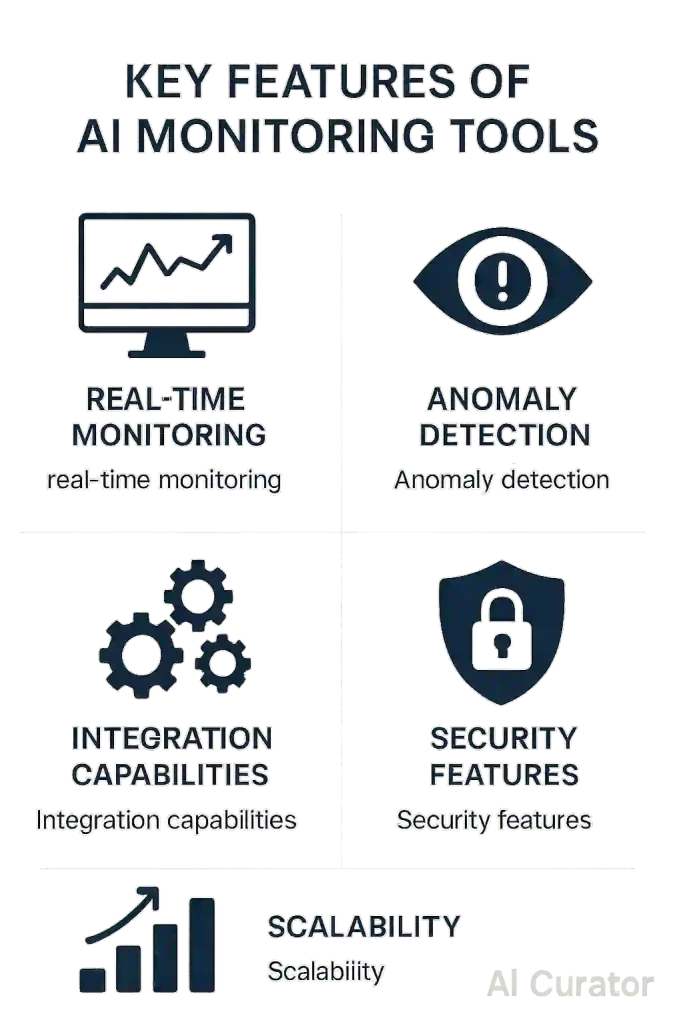
Look for platforms that provide continuous monitoring without disrupting AI system operations. Real-time dashboards should track essential metrics like response times, error rates, and resource consumption.
Choose tools that use machine learning to identify unusual patterns and potential issues before they escalate. This proactive approach prevents costly downtime and maintains system reliability.
Ensure the monitoring tool integrates seamlessly with your existing AI frameworks, cloud platforms, and development tools. OpenTelemetry support is particularly valuable for standardised observability.
Modern AI monitoring tools should include security posture management capabilities, detecting threats like prompt injections, data leakage, and suspicious user behaviour.
Select platforms that can handle your current workload whilst scaling efficiently as your AI operations grow. Consider both technical scalability and pricing models.
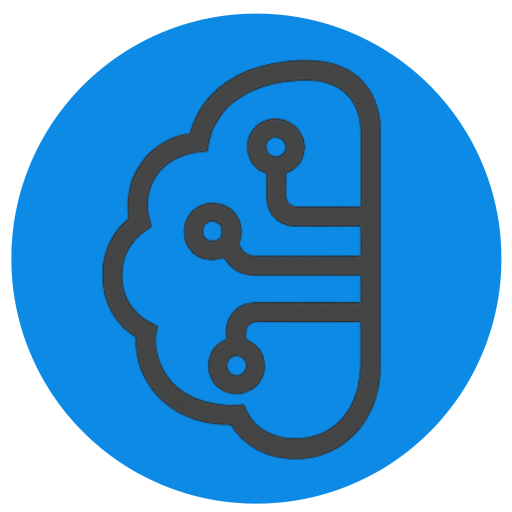
More from AICurator:
Flip the Switch: Make Your AI Ops Predictive, Not Reactive
Selecting the right AI monitoring solution is a significant decision that hinges on your unique requirements. These platforms are becoming indispensable for businesses aiming to build and scale dependable AI systems.
They furnish the insights needed to transition from merely reacting to issues to proactively preventing them. This shift ensures your operations run smoothly and efficiently, safeguarding your most valuable digital assets and maintaining peak performance.


